Table of contents
General considerations about acupuncture
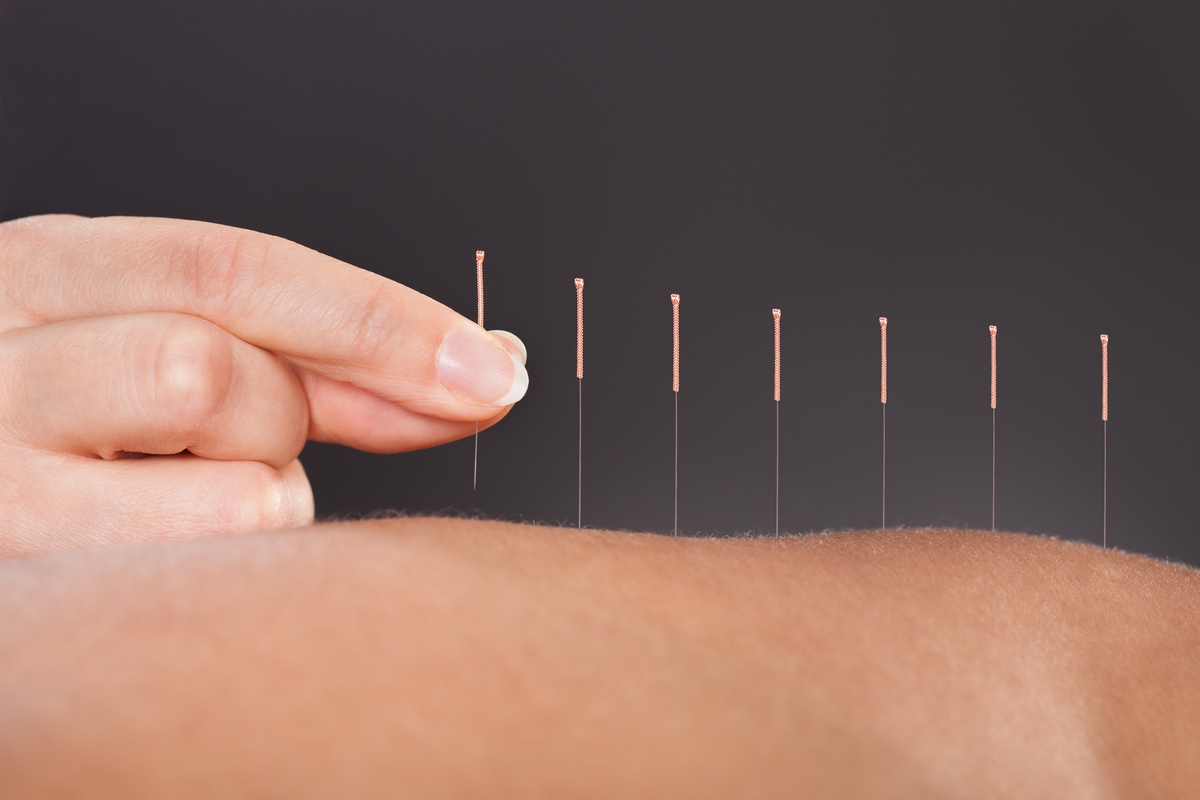
Acupuncture is a set of techniques that originated in Traditional Chinese Medicine (TCM) about five thousand years ago. It is a process of intervention that is based on the millennial Chinese understanding, which states that the human body is an integrated energy system, which the Orientals call vital energy (Qi).
In 1810 the first Chinese immigrants began to practice the techniques, but only among themselves. Only in 1958 a physiotherapist named Friedrich Spaeth, began to use and teach acupuncture in Rio de Janeiro and Sao Paulo. Today the technique is already recognized in Brazil as an alternative method of medicine.
Acupuncture has millions of followers around the world and its results are no longer subject to dispute, because they are widely proven. You will learn all about acupuncture including the fundamentals, application and indication of treatment, when you finish reading this article.
Principles of Acupuncture, Theory of 5 movements and application
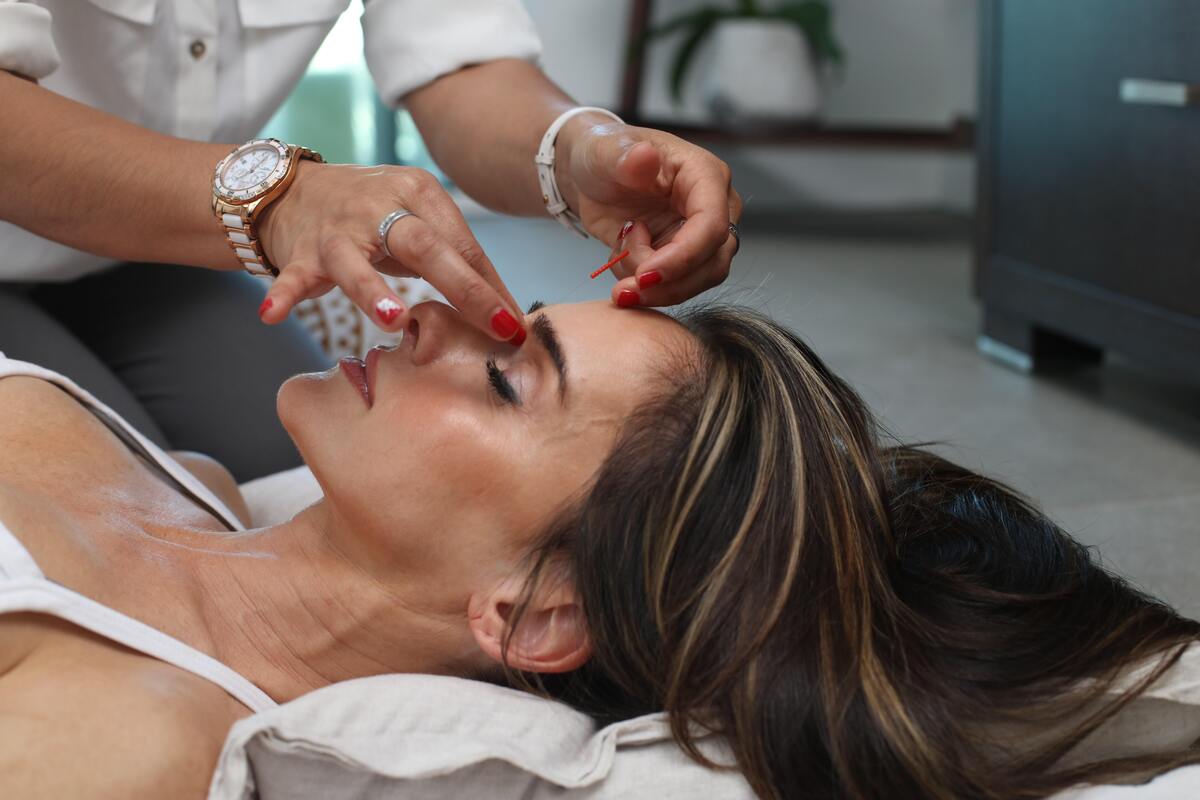
Those who hear about acupuncture today can't imagine how much doctors fought for it to be forbidden in Brazil. The Chinese developed it based on TCM concepts, which also includes the five elements. In this text there is information about these fundamentals, as well as its applications.
The principles of Acupuncture
The technique follows the Chinese principles of IQ, (vital energy) and yin-yang (the opposites), which considers that all existing things are types of energy, and diseases are energies in imbalance. The Chinese mapped the human body and located the meridians, through which energy circulates in the same way that blood circulates in veins and arteries.
The treatment system consists, then, in moving these energies by increasing or decreasing the flow at points that are outside the energy pattern. The technique is painless, with the introduction of needles at strategic points for each type of imbalance.
Acupuncture and well-being
Wellness to deserve this name implies a situation where everything is working well, both body and mind. For TCM everything is interconnected, and many times the malfunctioning of a physical organ has its origin in a sadness, for example.
Acupuncture follows this line of action, seeking to treat man in a holistic way, in order to restore the lack or remove the excess of energy, because both factors indicate an imbalance. One of the objectives is to facilitate a state of relaxation, with the respective relief of muscular or nervous tension.
Theory of the 5 movements and the relationship between body and mind
The relation between body and mind is established by a connection of a body organ with a certain emotion or feeling. In this sense, any emotional alteration will cause a disturbance in the organ that corresponds with that emotion, and the same happens in the opposite direction.
Everything happens following the theory of the five movements, which in fact is a consequence of the five primordial elements of TCM which are fire, water, metal, earth and wood. Soon, an organ connects with an element that connects with an emotion, and harmony comes from the balance of energies.
Importance of observing one's own emotions
As everything follows in an interdependence, this knowledge makes it possible for a person who knows which emotion is connected with a certain organ, to identify where his energetic imbalance is, and this is the principle that can facilitate both the diagnosis and the form of treatment.
Thus, the placement of the needles or laser, will be made following the meridian that corresponds to the organ that was indicated in the emotion. Certainly there are the more physical cases, where the organ itself emits the signals when there is a destabilization of energies that correspond to it.
The application of Acupuncture
Conventional acupuncture therapy requires an accurate diagnosis, because a wrong application can cause a variation in energy, instead of correcting it. Therefore, it is considered an alternative practice where treatment by other means has proven ineffective or too painful, for example.
Thus, in most cases the patient already brings information that help compose the map of placement of needles. The procedure is based on placing needles of different lengths and thicknesses in the meridians that correspond to the organs in imbalance.
Who can undergo the treatment
The treatment through acupuncture does not make any distinction of public, nor represents any kind of danger when done by a competent and specialized professional. Thus, all people can enjoy this technique, including children.
Moreover, you don't necessarily need to be sick to undergo the treatment, which can have a relaxing purpose only. An acupuncture session can calm the emotions and soothe the mind.
Types of Acupuncture
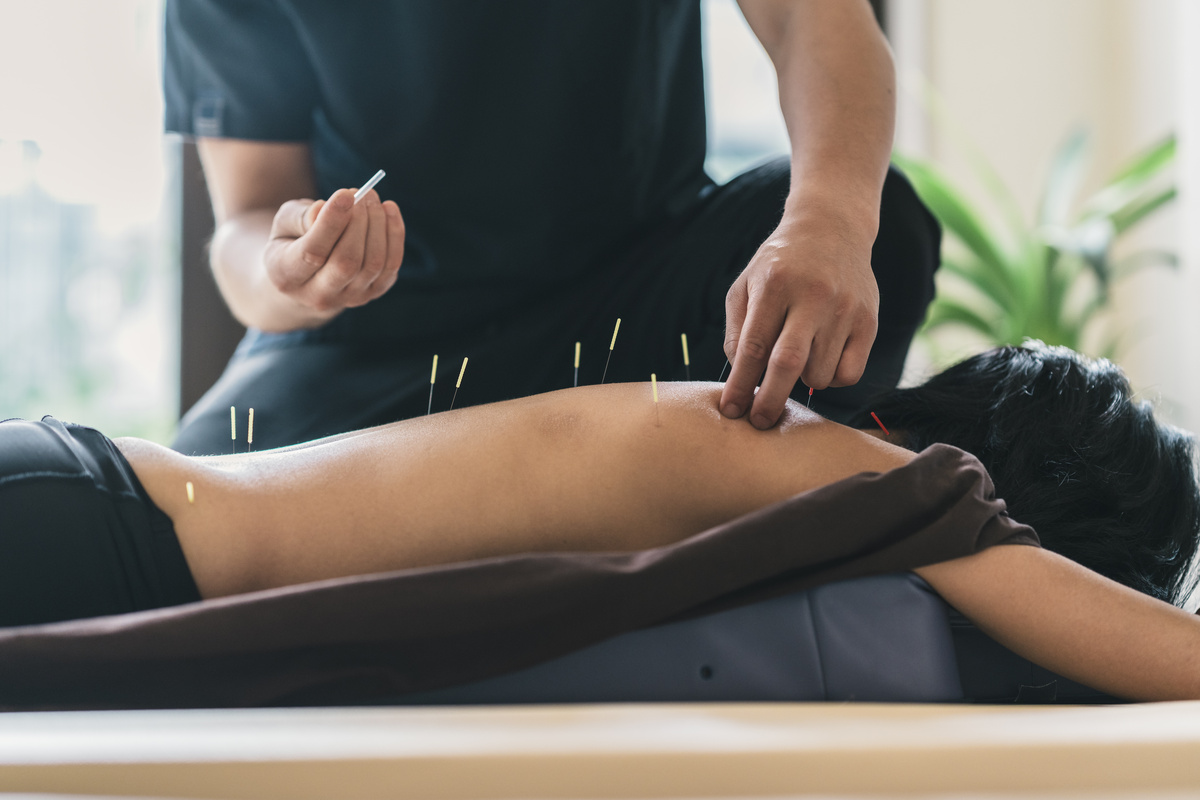
The ancient technique of acupuncture is already a treatment officially recognized by the World Health Organization. In the West has undergone changes to adapt to customs, and thus emerged variations that you can know below. See, then, three more specific types.
Auricular Acupuncture
The auricular acupuncture is also called auriculotherapy, which considers the ear as a large meeting center of the meridians. In the West was the French doctor Paul Nogier who first studied about the nerve terminals contained in the ear, being the pioneer in healing by this method.
Thus, more than a hundred points of connection of the ear with other parts of the body have been identified, so that the entire body can be stimulated through the ear. The treatment reaches both physical and emotional ailments, and some practitioners use mustard seeds or small spheres instead of needles.
Aesthetic Acupuncture
Among the varieties of names that acupuncture has gained in the West is the aesthetic acupuncture, which actually changes the name and follows the same general principle of traditional acupuncture, namely the stimulation of energy points on the human body.
To work with aesthetic purpose the professional applies the technique at points of stimulation of the bloodstream, promoting improved circulation. In addition, electrical stimulation can help in the fight against localized fat making a withdrawal of liquids that are in excess.
Acupuncture for weight loss
Weight accumulation is a major concern in the Western world, where people find it difficult to adopt healthier eating methods as well as to exercise. One of the factors is the massive and continuous propaganda that blocks the reasoning.
As anxiety and depression are factors of obesity, acupuncture helps in weight loss when fighting these psychological disorders. Moreover, the technique also reduces toxins and makes the drainage of liquids and fats, and can be a powerful ally in the act of losing weight.
Indications of Acupuncture
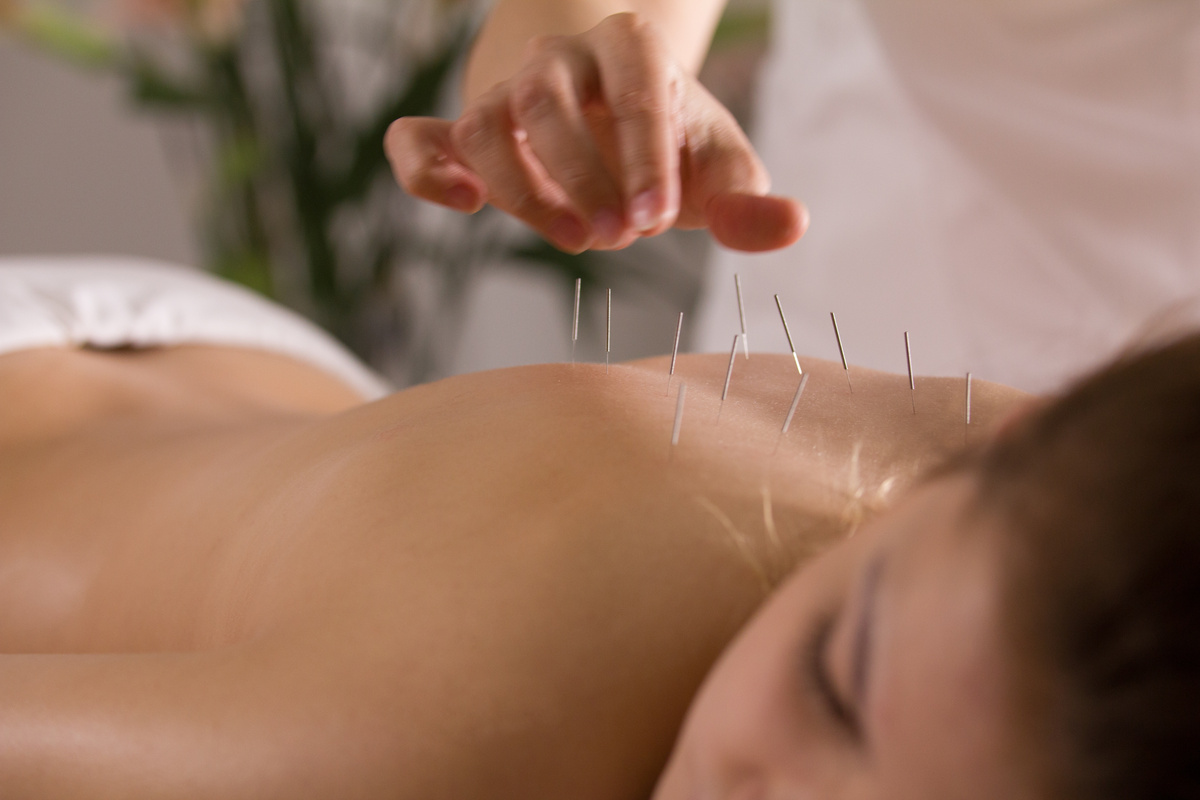
The use of acupuncture applies to a wide variety of symptoms in a wide range of pathologies. The treatment serves a large number of diseases in both the physical and emotional field, as you will see in further reading.
When Acupuncture is indicated
The application of acupuncture has proven effects in the main treatment or auxiliary in various diseases, but its indication should be made by a properly qualified professional. It is he who will determine the places of application of needles, as well as the number of sessions.
The technique can help in the treatment of respiratory problems, muscle pain, bone pain and also in cases of anxiety and depression. In addition, acupuncture is also indicated as an aid in healing cases of inflammation, and treatment of some skin problems.
Acupuncture for pain and inflammatory processes
Inflammation is an effect that the body causes when fighting infection in the restoration of injured tissue. In this process, pain, redness, swelling and increased blood flow in the infected area may occur.
The effects of acupuncture are positive for these treatments, since the technique stimulates the body's production of anesthetic and relaxing substances that relieve pain while controlling inflammation.
Acupuncture for respiratory diseases
Diseases of the respiratory system are those that affect the lungs, larynx, mouth and other organs of the system. They can be chronic or acute and range from a simple flu or cold to pneumonia. Cases usually increase in cases of changes in temperature or seasons.
Acupuncture works on strengthening the immune system, which increases the body's resistance against viruses, fungi and bacteria, which are the main causes of these diseases. In addition, the first results appear very quickly reducing the need for the use of allopathic drugs.
Acupuncture for symptoms of emotional or psychological disorders
Emotional disorders are mostly caused by stress, but they can also be consequences of other more serious illnesses. Treatment with allopathic medication for these problems causes many unhealthy side effects.
Acupuncture by stimulating the nervous system induces the release of neural chemicals, which in turn influence the body's defense processes, providing relaxation and a sense of relief from the negative effects of traditional medication.
Health benefits of Acupuncture
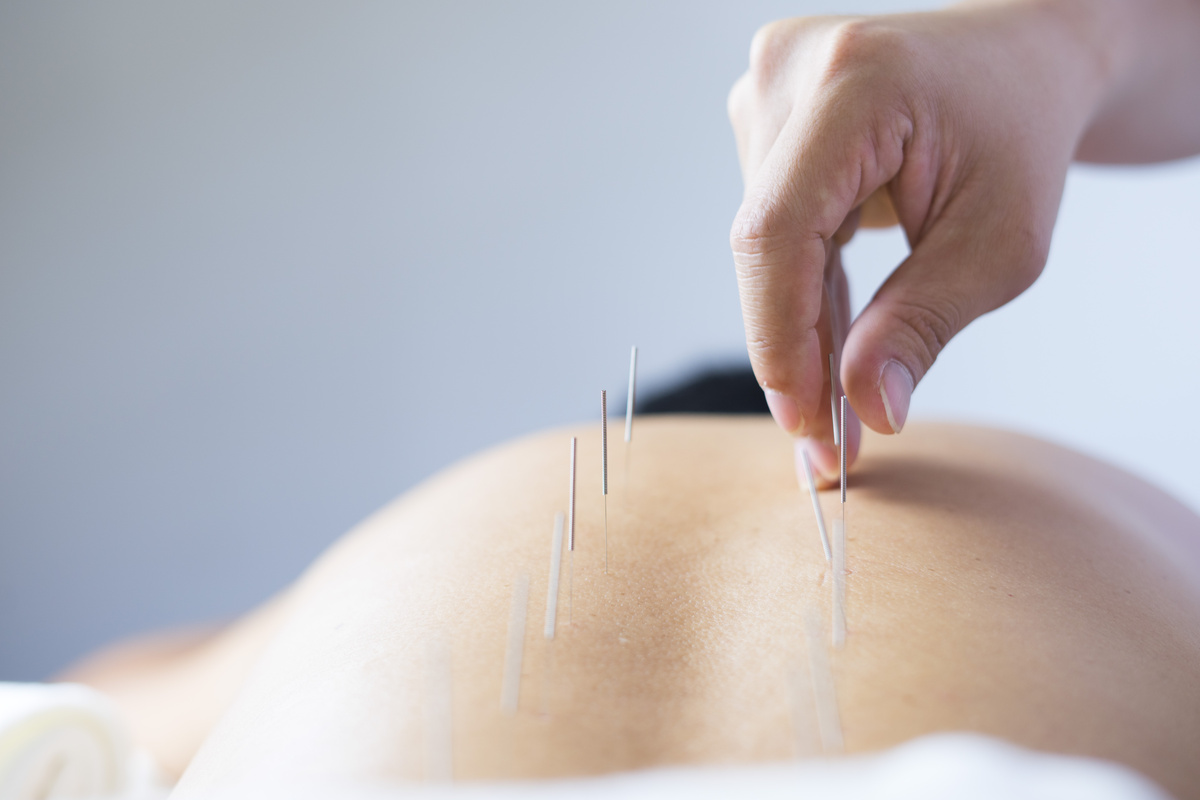
The first major benefit is that you will decrease or stop the use of chemical medications and their harmful health effects. In addition, you can get many other benefits, and the treatment can be quite relaxing. See the next blocks for some of these benefits.
Complementary treatment for diseases
According to TCM diseases appear because of energetic imbalances in the body, which among other effects can lower immunity and alter blood circulation. Just these two factors can allow the entry of many diseases such as colds and flu, gastritis, and ulcers, just to name a few examples.
Performing an acupuncture session with a focus on regularizing the bloodstream, as well as strengthening the immune system, can greatly reduce the possibility of someone contracting these and many other diseases.
Stress and anxiety reduction
Stress and anxiety problems can be generated by a hectic way of life, strong psychological traumas or even by some neurological dysfunctions. They usually require drugs with a strong chemical composition, which cause intense side effects.
With the treatment being done together with acupuncture the symptoms, both of diseases and side effects, can be reduced quickly and efficiently. The balance of energies causes a sense of calm and well-being, and this is one of the applications of acupuncture.
Decrease in chronic pain
A pain is characterized as chronic pain when it remains bothersome for a long time, due to diseases such as cancer and arthritis, for example. Often a tissue lesion can also generate chronic pain.
Acupuncture is widely used in the treatment of chronic pain caused by fibromyalgia, but it is also effective for back pain, low back pain and migraines. The application of the needles in the correct places causes the release of substances such as endorphin, which cause feelings of well-being and relaxation.
Allergy relief
An allergy occurs as a result of the body's attempt to fight off certain substances that have been deemed harmful by the immune system. An allergy is an excess in the body's response, which ultimately leads to unpleasant but also dangerous effects.
For TCM, what causes the allergy is an accumulation of energies that the action of the defense cells makes appear in the places where they are acting. Acupuncture releases the passage of energies that were trapped and controls the immune system, eliminating the symptoms of allergy and reducing the creation of new points of accumulation of these energies.
Skin rejuvenation
The aging effect of the skin is mostly caused by hormonal deficiency and drop in collagen production by the body. Thus, the existence of these conditions causes the sagging of muscles and skin, causing wrinkles and deep furrows in the skin.
In this sense, acupuncture will be applied for aesthetic purposes in the regions most sensitive to these effects, such as the neck and face. The technique will stimulate the production of collagen, improve the elasticity and texture of the skin tissues, in addition to improving the muscle support system.
In the fight against cigarettes, alcohol and drugs
The knowledge of the meridians of the head region, as well as the nerve endings of the ear, can be used to combat many destructive addictions such as alcoholism and smoking. This requires specific action for this purpose, and the application will reduce addiction and the desire to give in to addictions.
However, in these cases of addictions the treatment only helps in the balance of energies, because it is not possible to eliminate an addiction without a strong and determined will on the part of the patient.
Common questions about acupuncture
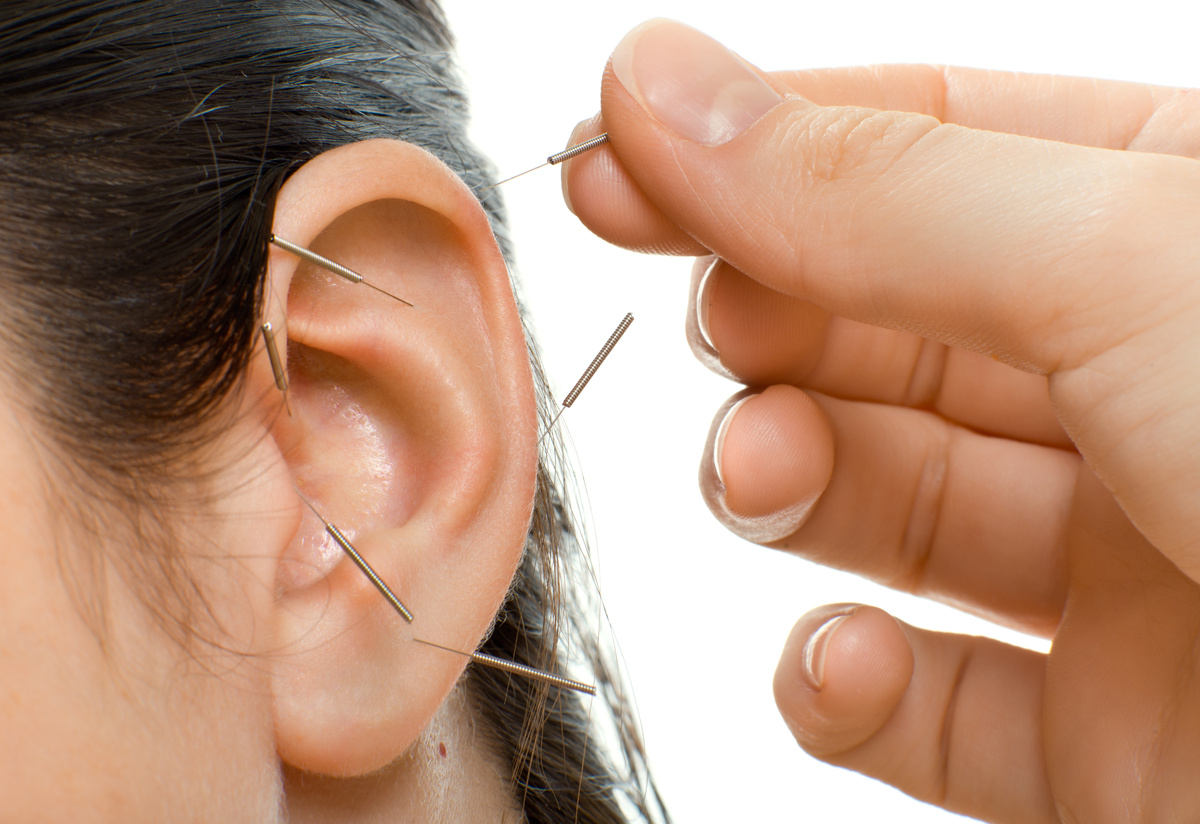
Although treatment through acupuncture is no longer a novelty, it is still unknown to many people. This ignorance generates many doubts about the procedures in an acupuncture session. See below the three most known doubts.
Can needles transmit diseases?
The transmission of diseases through the needles that the acupuncturist uses cannot occur, if not by carelessness or failure in hygiene and sterilization of these needles, which are also disposable. Therefore, it is very important to be careful when choosing the professional who will do the treatment.
Thus, in order to avoid any kind of risk, do some research or look for a professional who has references in his area of work. In addition, take a good look at the place of care and procedures to check if it is adequate, clean and organized.
Does Acupuncture hurt?
An acupuncture needle is much thinner than an injection needle, and piercing the skin does not cause any pain. If the application site is internally painful, the patient may experience pain that is more psychological than physical.
Therefore, the acupuncture treatment is painless in almost all cases. Only on the first day may occur a very slight sensation of an electric current passing through the application site.
What is an Acupuncture session like?
A classic acupuncture session initially happens with a consultation in which the doctor selects the points of insertion of the needles, always according to the symptoms reported by the patient. The patient must be seen in a room with controlled temperature, and the treatment occurs individually.
The procedure requires a cleaning of the skin in the places where the needles will be inserted, which penetrate between 0.5 and 3 cm deep. In addition, it is necessary that the patient remains immobile or without abrupt movements during the application, as well as during the period in which the needles remain in the body. The needles are removed about thirty minutes after the application.
Are there any contraindications to Acupuncture?
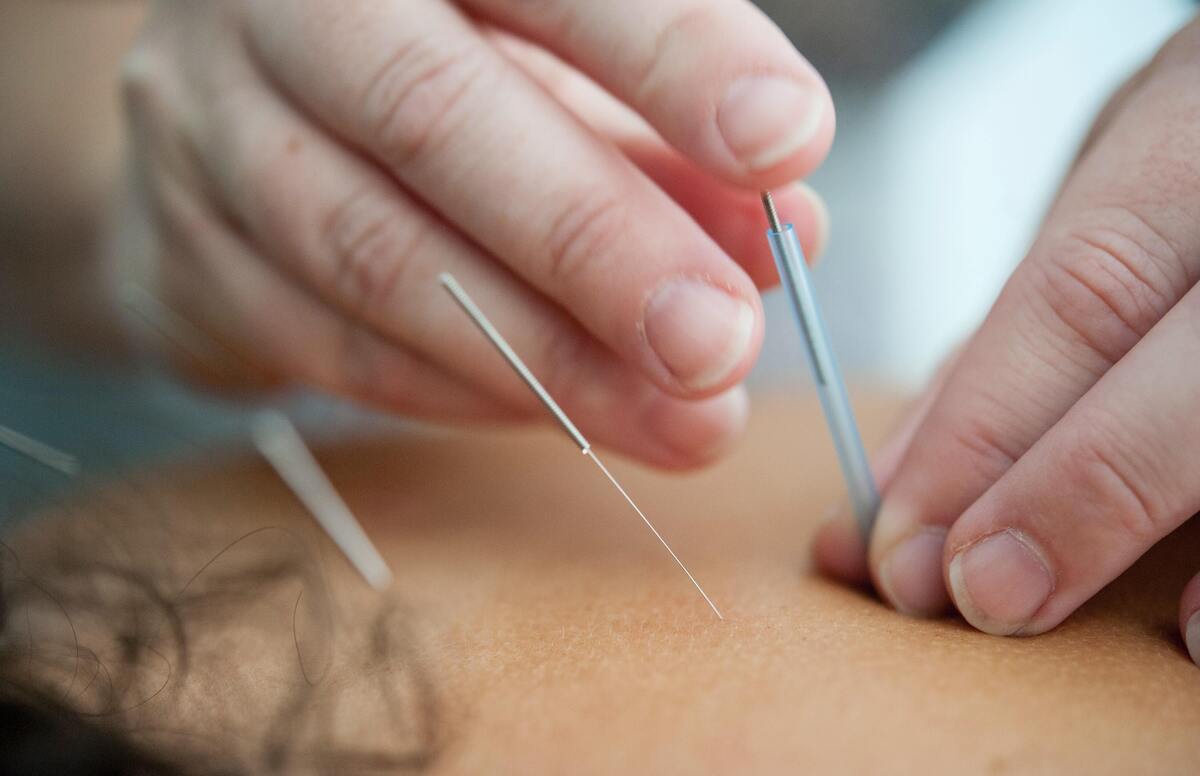
Acupuncture treatment is not recommended in people with acute skin infections or in wounds and rashes. Pregnant women require special attention, but the application can not be done only when the birth is already very close, because acupuncture can advance the time of delivery.
Thus, anyone can undergo treatment, regardless of age or gender. Although it is an invasive treatment, the application does not require anesthetics, which decreases the risk of complications. There is also no danger of interactions with any medication the patient is taking.
Thus, acupuncture presents itself as a safe and effective technique against a number of diseases, both physical and emotional. Finally, it is a different option that should be considered, and that is being widely sought by those who want to escape conventional treatments, often expensive, painful and inefficient.

